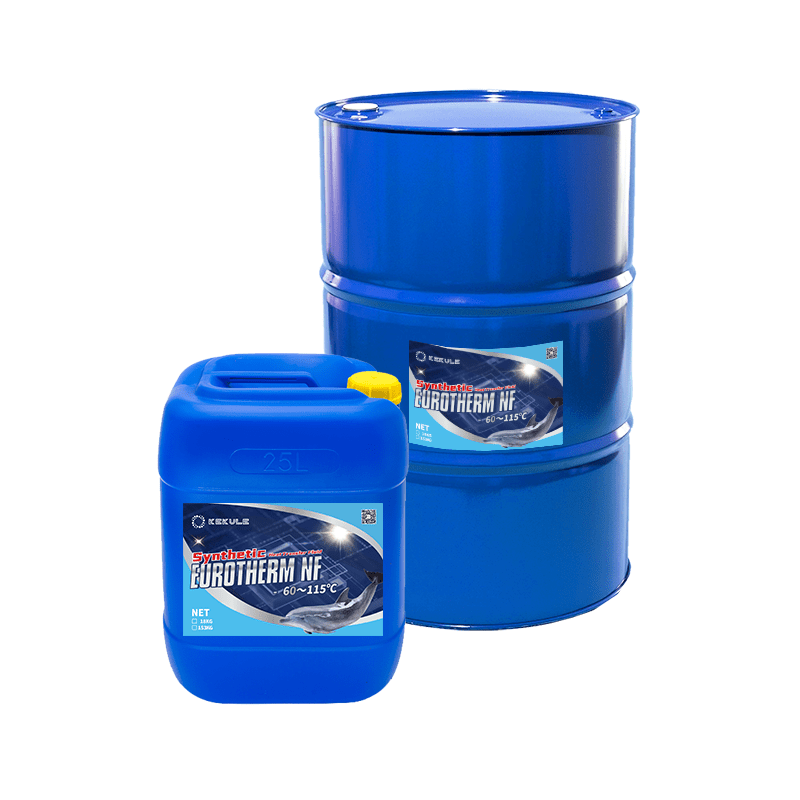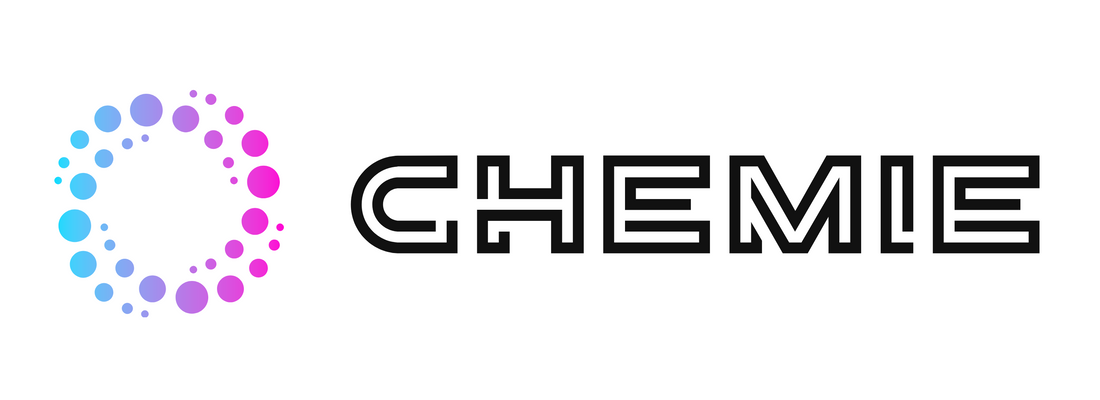The Facts About Chemie Uncovered
Chemie Fundamentals Explained
Table of ContentsChemie Can Be Fun For AnyoneSome Known Questions About Chemie.Some Of ChemieChemie - The FactsNot known Facts About ChemieFacts About Chemie Uncovered
(https://gravatar.com/xylophonebriskly39b603cf82)Measured change in electrical conductivity of liquid examples as a function of time when stirred with the material example in the shut indirect air conditioning loophole experiment. Figure 6 reveals the modification in the gauged electrical conductivity of the liquid examples when mixed with the material example. The conductivity of the water example from the closed loophole experiment lowered by around 70% from 11.77 S/cm to 3.32 S/cm in 6 hours.These outcomes indicated that the ability of the material depends upon the test fluid made use of for the experiment. This reveals that various ions present in the liquid will lead to various ion exchange capability of the fluid. Calculating the ion exchange resin capacity with the fluid example from the real air conditioning loop is vital.
Some Known Incorrect Statements About Chemie
As a result, an ion exchange material cartridge containing 20g of Dowex mixed bed material might tackle order 938 days to fill. In other words, to maintain a reduced electric conductivity, a resin cartridge with the dimension and weight specification as that of the resin cartridge utilized in the experiment, require to be altered every 30 months for the cooling system that was utilized in the experiment
The cooling of digital parts has come to be a major challenge in recent times due to the developments in the design of faster and smaller components. The usage of a fluid coolant has become appealing due to the greater heat transfer coefficient achieved as contrasted to air-cooling.
Not known Details About Chemie
A single phase air conditioning loop contains a pump, a warmth exchanger (cold plate/mini- or micro-channels), and a warm sink (radiator with a follower or a liquid-to-liquid heat exchanger with chilled water air conditioning). The warmth source in the electronics system is affixed to the heat exchanger. Fluid coolants are likewise utilized in two-phase systems, such as warmth pipelines, thermo-siphons, sub-cooled boiling, spray air conditioning, and straight immersion systems [2, 4]
The requirements may differ depending on the sort of application. Complying with is a checklist of some basic requirements: Excellent thermo-physical residential or commercial properties (high thermal conductivity and details warmth; reduced thickness; high unrealized warmth of evaporation for two-phase application) Low cold factor and burst point (often burst protection at -40 C or reduced is needed for delivery and/or storage space objectives) High atmospheric boiling factor (or reduced vapor stress at the operating temperature) for single stage system; a slim desired boiling point for a two-phase system Excellent chemical and thermal security for the life of the electronic devices system High flash factor and auto-ignition temperature level (sometimes non-combustibility is a demand) Non-corrosive to products of building and construction (metals as well as polymers and various other non-metals) No or marginal governing constraints (environmentally pleasant, harmless, and potentially naturally degradable) Affordable The best electronic devices coolant is an economical and harmless liquid with superb thermo-physical properties and a long solution life.
Fascination About Chemie
Most of these liquids have a non-discernible odor and are harmless in case of contact with skin or intake. As mentioned previously, aliphatic PAO-based fluids have changed the silicate-ester fluids in a variety of army electronic devices (and avionics) cooling down applications in the last decade. An additional class of popular coolant chemistry is dimethyl- and methyl phenyl-poly (siloxane) or typically referred to as silicone oil.
Fluorinated substances such as perfluorocarbons (i.e., FC-72, FC-77) hydrofluoroethers (HFE) and perfluorocarbon ethers (PFE) have specific unique buildings and can be made use of in contact with the electronics [4, 8] To start with, these liquids are non-combustible and non-toxic. Some fluorinated go now substances have zero ozone diminishing potential and various other environmental properties.
Ethylene glycol is colorless and almost odorless and is entirely miscible with water. When properly prevented, it has a reasonably low corrosivity. This coolant is identified as toxic and must be managed and disposed of with care. The quality of water used for the preparation of a glycol service is very important for the system.
Chemie - Truths

This is a reduced price antifreeze remedy, discovering usage in refrigeration solutions and ground resource warm pumps - fluorinert. This liquid can be utilized down to -40 C owing to its relatively high price of heat transfer in this temperature level variety.
It is thought about more damaging than ethylene glycol and subsequently has located usage just for process applications located outdoors. Methanol is a flammable liquid and, as such, presents a possible fire threat where it is kept, managed, or utilized.
How Chemie can Save You Time, Stress, and Money.
As a combustible liquid, it requires specific safety measures for dealing with and storage space. Aqueous solutions of calcium chloride discover wide usage as circulating coolants in food plants. It is non-flammable, non-toxic and thermally much more reliable than the glycol services. A 29% (by wt.) calcium chloride service has a cold point below -40 C.
